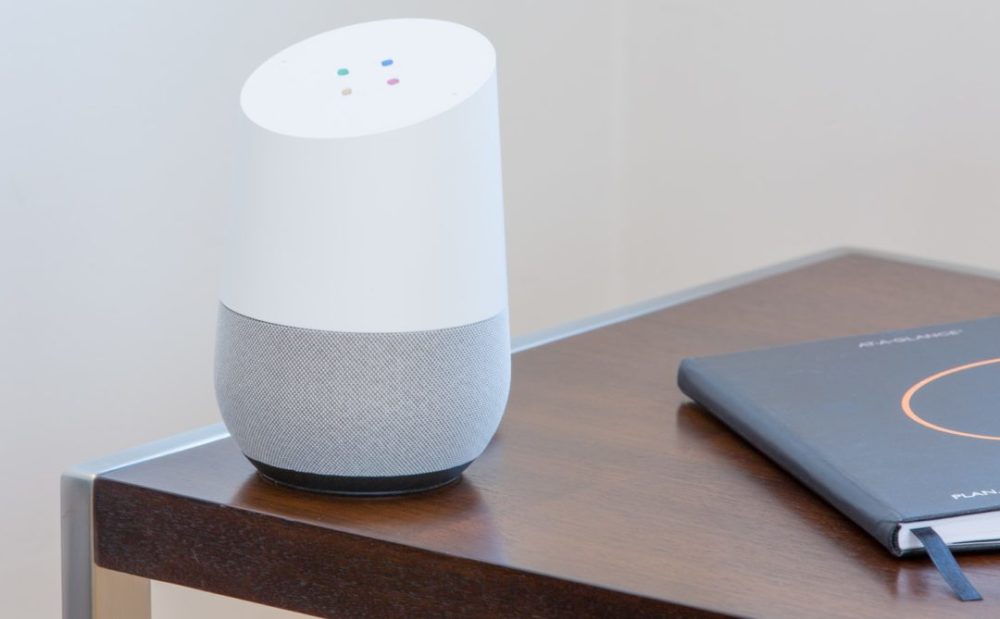New research suggests that the IoT market risks being undermined by device failures. According to Dynatrace, if device manufacturers, service providers, and platform creators don’t take steps to minimise the risk of IoT, they will harm their business.
Around 52% of consumers worldwide are now using IoT devices, yet 64% of those have already encountered performance issues – according to an independent global survey of 10,000 consumers.
On average, consumers experience 1.5 digital performance problems every day while 62% of people fear the number of issues they encounter, and the frequency will increase due to the rise of IoT.
>See also: The Internet of Things: The security crisis of 2018?
For CTOs and IT leaders with products or services on the market that utilise IoT, this research is worth noting.
According to Dave Anderson, CMO of Dynatrace: “The delivery chain behind every connected device is extremely complex. Businesses are already struggling with cloud complexity, but IoT magnifies this a thousand times with sensors, masses of new data and dynamic containerised workloads.”
“Consumers are already reporting problems with everything from medical applications, smart meters, car door locks and virtual personal assistants, to smart thermostats and fridges. Their patience is at an all-time low, and they simply won’t tolerate a poor experience. Yet, we haven’t even seen the era of IoT take off to its full potential – it’s just getting started. The imperative is on companies to find ways to process, analyse and manage the IoT delivery chain holistically, and with deep insight, so they know exactly what’s happening and where issues are arising in real time. This is not an easy task.”
>See also: 4 modern challenges for the Internet of Things
Key Findings
According to the report, 85% of respondents said they are concerned that self-driving cars will malfunction – leading to high-speed collisions.
When it comes to healthcare, 62% of consumers stated they would not trust IoT devices to administer medication; this sentiment is strongest in the 55+ age range, with 74% expressing distrust.
“The reality is IoT glitches could be fatal. Consumers are understandably concerned, and that’s why it will be important for the industry to demonstrate it’s taking a new, more robust approach to ensure software doesn’t compromise our safety,” added Anderson.
As well as the automotive and healthcare industry, the home is also set to be transformed by the IoT. However, the research revealed 83% of consumers are concerned about losing control of their smart home due to digital performance problems.
>See also: How can Internet of Things devices be protected within businesses?
Managing IoT
According to Anderson: “The old ways of managing IT and software simply don’t work against this extremely convoluted IT environment. IoT creates many blind spots and an additional layer of complexity.”
A separate report from Veeam shows that downtime costs enterprise-sized organisations an average of $16 million annually.
According to Anderson: “The old ways of managing IT and software simply don’t work against this extremely convoluted IT environment. IoT creates many blind spots and an additional layer of complexity. That’s why the early, successful IoT adopters take the view that AI is the answer; to make sense of the complexity, map the IT environment end-to-end, pick up problems immediately and with precision, and offer up answers for fast resolution. That’s the only way to master the IoT era, which is already upon us. Consumers want perfect IoT experiences. Become masters of this new IT universe, or you’ll miss out on the opportunity IoT presents.”
>See also: The Internet of Things: Success or bust?










